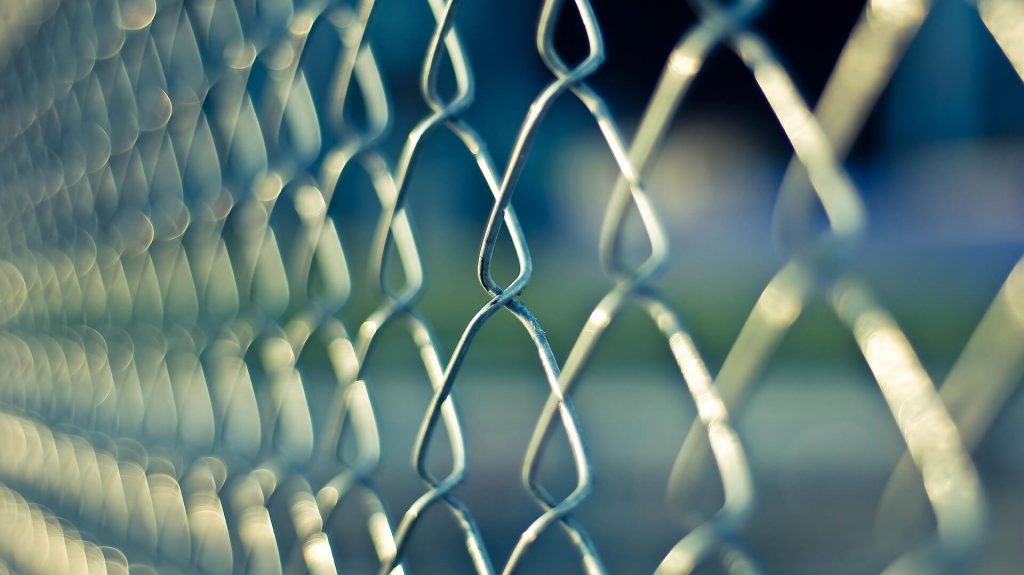This coming weekend is a bank holiday, which means that lots of construction sites or sites with mobile cranes may be taking an extended weekend. If you are leaving a crane over the long weekend there are several steps that should be taken to ensure that your crane is secure, from both the elements and trespasses. This week’s blog focusses on some of the steps you should follow when securing cranes that are going to be left for an extended period of time.
WHAT COULD HAPPEN TO A CRANE?
When cranes are not in use for an extended period, both tower cranes and mobile cranes, they must be left in a secure manner which protects or prevents the equipment from the following;
- ground failure (ground collapse during severe rain or melting ice under the supports)
- bad weather (high winds, lightning or flooding)
- crane hydraulic cylinders (Slow retraction of outrigger support cylinders, luffing cylinders and/or telescoping cylinders on unpinned telescoping systems)
- vandalism, trespassing or theft
- unauthorised use
SECURING CRANES WHEN OFF SITE
Cranes should be secured against the above during ant periods when the crane will be left no tin use for an extended period. For example, the Easter holidays. If your site isn’t operating over the bank holiday, then procedures must be followed to ensure that the crane will be safe.

Certain sites with restricted space may not permit the boom and jib of a crane to be fully retracted or lowered to the ground to put the crane temporarily out of service.
If you have determined that it isn’t practical to lower the boom of a crane to the ground, then it is recommended that you should take note of the following;
- switch the engine off
- leave the crane in the smallest, most stable, operational configuration
- Lower the suspended counterweight of the derrick/superlift to the ground
- Leave no significant load on the hook and position the hook block so that neither the hook block nor the hoist rope can contact another crane part
- Put all control levers into “neutral” or “locked” positions
- Switch secondary systems such as heating or air conditioning off
- Ensure that the energy supply and functionality of any safety equipment will be maintained whilst the crane is unattended
- Place keys in a safe place to prevent unauthorized use
- Close all doors and windows on the crane to prevent unauthorized use
- Lock control panels that will not be in use
- If the crane has a mobile control panel, remove it and keep in a safe place
- If the crane has wireless remote controls these should be kept in a safe place and the batteries recharged
If the site conditions mean that you cannot fully lower the boom or jib to the ground, it is recommended that the unattended crane should be left;
- In the upright parking position as detailed in the crane manufacturers operator manual.
- If an upright parking position is not described or applicable, the position should be determined by a qualified person familiar with the crane, the site conditions and limitations and expected weather forecasts.
SITE SECURITY
In addition to physically securing the crane, steps must be taken to secure the site and prevent access. Cranes make tempting objects for a variety of people; criminals and people looking for ‘fun’. Climbing cranes is seen as a challenge to some people, who will often film themselves doing so and share on social media, as seen in this article about ‘roof topping’ written by the BBC.
When leaving cranes on site, precautions must be taken to stop people from entering the site and accessing the cranes. Sometimes the usual fencing and gates aren’t adequate and security personnel may be needed to patrol the site.

CONTACT ALTIDA
For more information on securing your hire crane or if you are looking to hire lifting equipment please get in touch.
Altida has been providing expert lifting and access services to a whole host of industries since 2016 and is the UK’s premier provider.
